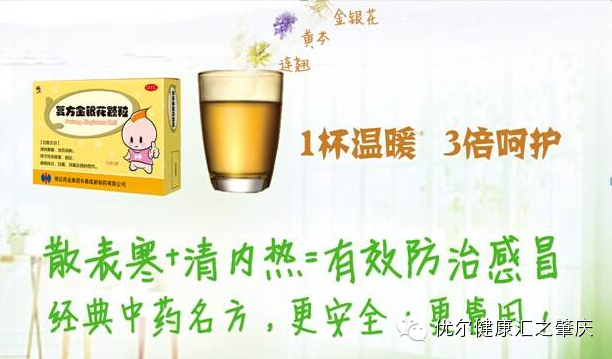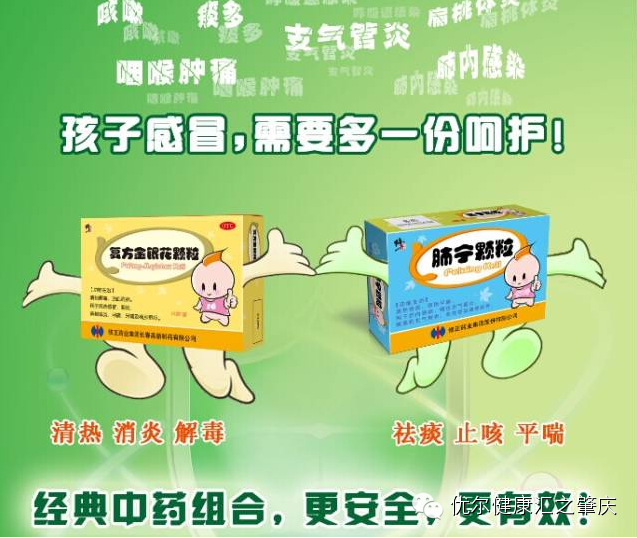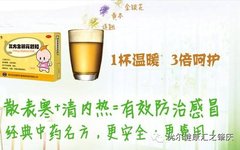
The onset is usually due to fatigue, lack of rest, and exposure to wind or cold. Wind-Cold colds are more common in autumn and winter. This type belongs to the Taiyang (Greater Yang) syndrome, where the Taiyang channel is obstructed.
Symptoms of Wind-Cold Cold:
The key to treating Wind-Cold colds is to induce sweating (known in TCM as “xīn wēn jiě biǎo”). There are many methods, including sauna, soaking feet in hot water (preferably with some alcohol), playing basketball (if you have the energy), covering with two layers of blankets, drinking ginger syrup, eating spicy hot pot, etc. The primary formula for treating Wind-Cold is Gui Zhi Tang (Cinnamon Twig Decoction), the first formula in the Treatise on Cold Damage, also known as the king of harmonizing formulas (Ma Huang Tang is also used for Wind-Cold but should be used cautiously in the south). Below is the formula for Gui Zhi Tang; those interested can note it down for future reference.
Gui Zhi 10g, Bai Shao 10g, Zhi Gan Cao 6g, Sheng Jiang 3 slices, Hong Zao 6 pieces
This is a simple formula, costing only a few yuan. My teacher said that once you understand Gui Zhi Tang, you will know how to prescribe and treat illnesses, which is truly worth studying.
The onset is usually due to constipation, often belonging to the Yangming (Bright Yang) syndrome. Typically, it occurs like this: after two days of constipation, a sore throat develops for a day or two, followed by cold symptoms, which indicates Wind-Heat cold (it can also be due to external heat pathogens first attacking the lungs). Why does constipation lead to a cold? TCM believes that the lungs and large intestine are interrelated; if bowel movements are obstructed, the large intestine affects the lungs, leading to cold symptoms. Similarly, if Wind-Cold colds are not treated timely or appropriately, they can lead to internal heat causing constipation or diarrhea; in fact, diarrhea after a Wind-Cold cold is considered a transformation in TCM, indicating that the disease has moved from the exterior to the interior, so do not casually use anti-diarrheal medications.
Symptoms of Wind-Heat Cold:
Once the cause of Wind-Heat cold is understood, treatment is straightforward; in most cases, it involves relieving constipation (along with clearing heat and resolving the exterior, which usually yields quick results). There are many methods, such as drinking herbal tea; taking heat-clearing and detoxifying medicines like Ban Lan Gen (Isatis Root), etc. Chinese patent medicines include San Huang Pian, Yin Qiao Jie Du Pian + Niu Huang Jie Du Pian, Ban Lan Gen, etc. The representative formula for Yangming syndrome is Bai Hu Tang (White Tiger Decoction), but I do not recommend everyone use it casually, as it is one of the strong medicines, and I will not transcribe it here.
Another common but often overlooked type is the “exterior cold with interior heat” cold, referred to by the elderly as “Cold with Heat” type, which was also responsible for the panic of influenza in Beijing.
Those suffering from “Cold with Heat” colds often experience symptoms of fever and chills, along with nasal congestion and runny nose, not only sore throat and headache but also body aches, and additionally cough with yellow phlegm, dark urine, and constipation. This type exhibits both cold and heat symptoms.
For “Cold with Heat” colds, treating it as a Wind-Cold cold with cold-clearing medicines often leads to ineffective results due to misdiagnosis.
To address “Cold with Heat,” TCM emphasizes “dispersing exterior cold and clearing interior heat.” If using Chinese patent medicines, those containing Huang Qin (Scutellaria), Jin Yin Hua (Honeysuckle), and Lian Qiao (Forsythia) can be used for treatment.

Additionally, in TCM formulas, cold remedies are a relatively effective method for treating “Cold with Heat.” Below is the basic formula aired on “Chinese Medicine” that cured 170,000 people of colds, developed by Dr. Zhou Ping’an from the Respiratory and Heat Disease Department of Beijing University of Chinese Medicine. Chinese Medicine: “Cold with Heat” type cold.
Here is the basic formula provided in the program:
Zhi Ma Huang 5g, Xing Ren 10g, Sheng Shi Gao 30g, Sheng Gan Cao 5g
Chai Hu 10g, Huang Qin 10g, Yin Hua 15g, Su Ye 10g
Three doses, decocted in water, one dose per day
Additionally, a practical formula provided by enthusiastic netizens includes four more herbs, making it more effective.
Zhi Ma Huang 5g, Xing Ren 10g, Sheng Shi Gao 30g (first decocted), Sheng Gan Cao 5g
Chai Hu 10g, Huang Qin 10g, Yin Hua 15g, Su Ye 10g
Bo He 10g (added later), Cao He Che 10g, Qiang Huo 10g, Ban Lan Gen 15g
Three doses, decocted in water, one dose per day
The above formula can significantly reduce fever and effectively treat colds, and has been continuously used for over 10 years in hospitals such as Beijing Dongzhimen Hospital and Dongfang Hospital.
4. Additionally, let’s clarify a few concepts that friends may confuse.
 Immune Health Hotline: 0758-6916537
Immune Health Hotline: 0758-6916537
Your friends and family can quickly follow us by scanning the QR code below!


